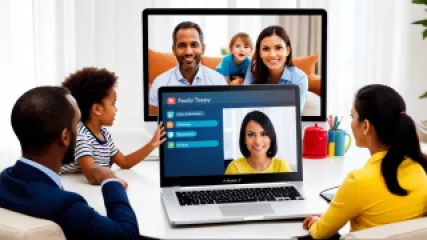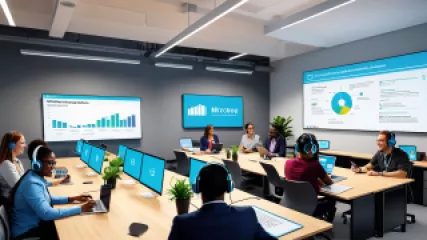Step-by-Step Guide to Implementing Work Life Balance Programs
1 year ago
Work Life Balance
The Ultimate Guide to Preventing Sibling Rivalry
1 year ago
Sibling Rivalry Solutions
Why Enhancing Communication Skills is Crucial for Social Success
1 year ago
Social Skills
Why Online Therapy for Relationships is Key to Building Healthy Bonds
1 year ago
Building Healthy Relationships
Research Insights on Virtual Family Therapy for Conflict Resolution
1 year ago
Family Conflict Resolution
How Jokes for Mental Health Transformed My Well-Being
1 year ago
Psychology of Humor
What Are Effective Workaholism Management Tips?
1 year ago
Workaholism
Mastering the Psychology of Productivity: The Definitive Guide
1 year ago
Psychology of Productivity
What Are the Most Effective Loneliness Coping Strategies?
1 year ago
Dealing with Loneliness
Why Online Job Search Workshops are Essential for Modern Career Counseling
1 year ago
Career Counseling
Why Social Skills Training is Essential for Modern Interaction
1 year ago
Social Skills Training
How Counseling Helped Me Overcome Bullying Trauma
1 year ago
Bullying Effects
Conducting Effective Mental Health and Sustainability Workshops
1 year ago
Psychology of Sustainability
Mindfulness Techniques for Parents: A Step-by-Step Guide
1 year ago
Mindfulness for Parents
The Ultimate Guide to Online Therapy for Exam Stress Management
1 year ago
Managing Exam Stress














